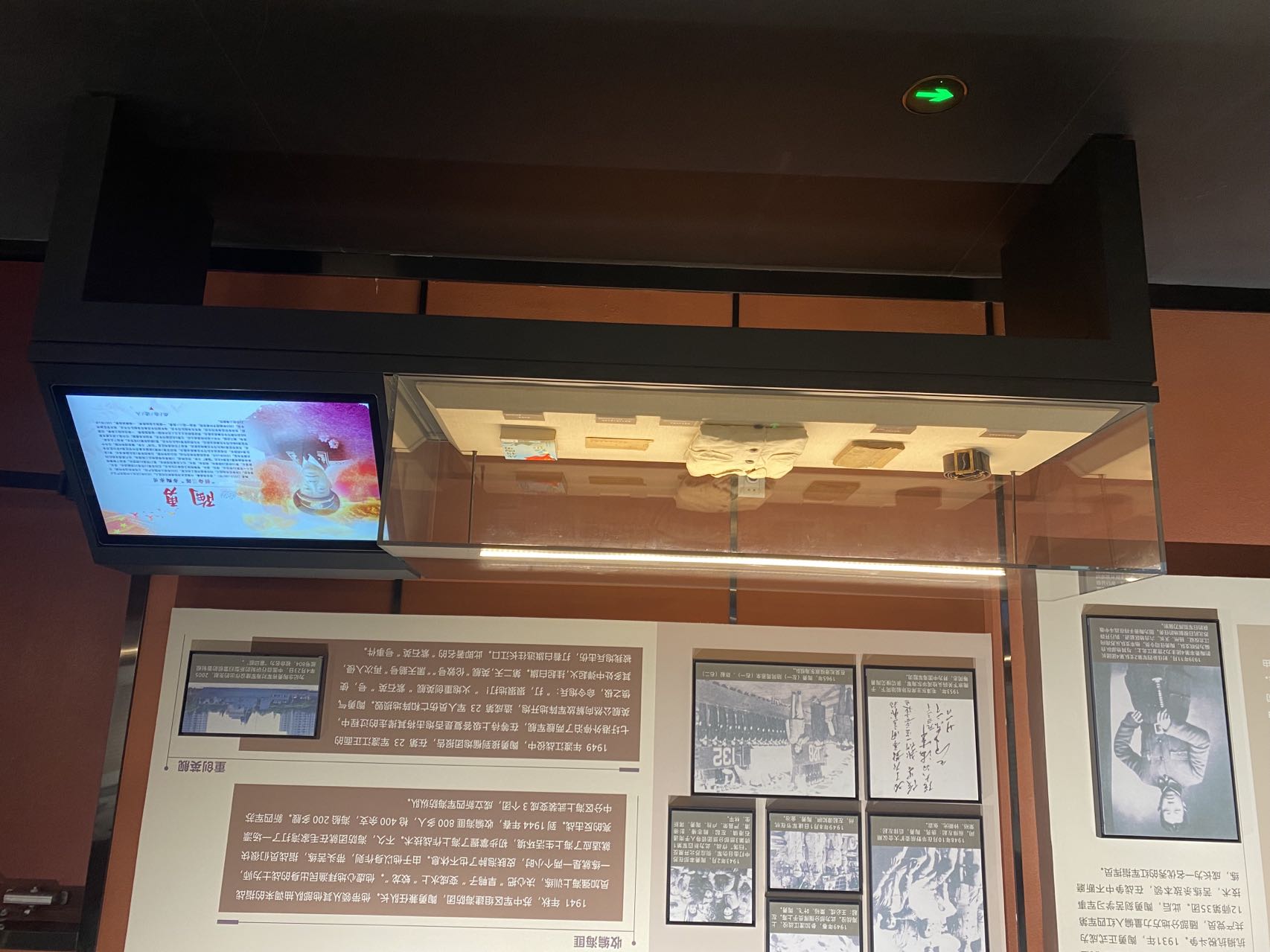Its functions can be roughly divided into three points: display, safety and protection. The display of
display cabinet glass is the first requirement. We should not only display the cultural relics clearly, but also avoid color bias and deformation, so that the audience can see more clearly, but also avoid glare pollution caused by reflection, leading to visual fatigue and psychological irritability.
Protection is the foundation. Glass is the closest material to cultural relics. Glass needs to play a protective role to avoid unintentional collision or malicious damage by the audience. Museum display cabinet glass must have the function of anti-intrusion.

And what's the difference between security and protection?
Safety means that the display cabinet glass can not have any hidden dangers. The safety of cultural relics is the top priority of museums.
From the structural point of view, the museum display cabinet is mainly composed of metal base area and glass display area, of course, the modern high-end intelligent museum display cabinet will also add metal display cabinet cap. The metal base area is the core of the stability of the display cabinet, and the constant temperature and humidity system added can also meet the storage needs of cultural relics. Because of different needs, the
glass display area can be composed of different kinds of glass, such as ultra-white laminated glass, low-reflective laminated glass, etc. Compared with the two, the latter has lower reflectivity.
If a small cultural relic is placed in an independent cabinet, it will not only look empty, but also cause unreasonable use of the exhibition hall space, which will waste the scarce display resources, while if a large cultural relic is placed in a small exhibition cabinet, it will not only cause the compactn ess of the exhibition, but also cause security risks. Therefore, we should choose the appropriate display cabinet according to the actual size of cultural relics. The development of
modern technology has also injected more functional elements into the display cabinet. The display cabinet not only integrates the functions of encryption protection, manual control, sound and light alarm, but also has a dynamic and static display mode. Static display can present the most primitive and real side of cultural relics to the audience, while dynamic display can organically combine high-tech with cultural relics display, and show the story of cultural relics to the audience more vividly through images and sounds, all of which can be realized on a display cabinet.
previous:Types, advantages and disadvantages of glass in museum display case
next:Application of High-end Intelligence in Museum Display Cabinet